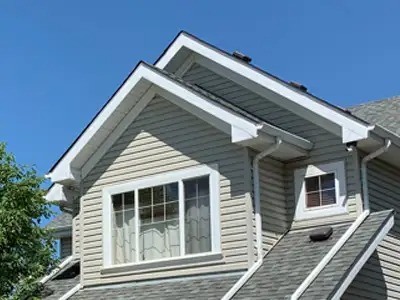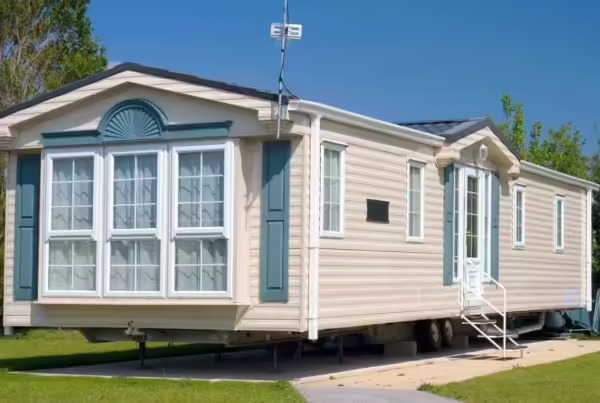Best Soffit Vent For Shingle Roof

Strong 8k brings an ultra-HD IPTV experience to your living room and your pocket.
A well-ventilated attic is crucial for the longevity and health of your home, especially when you have a shingle roof. Proper airflow helps regulate temperature and moisture levels, preventing issues like ice dams in winter, excessive heat buildup in summer, and the growth of mold and mildew. Soffit vents, installed along the underside of your roof's eaves, play a vital role in this ventilation system by allowing cool, fresh air to enter the attic space. Choosing the best soffit vents for shingle roof is an important decision that can significantly impact your home's comfort and structural integrity.
Understanding the Importance of Soffit Ventilation
Without adequate soffit ventilation, warm, moist air can become trapped in your attic. This can lead to a host of problems. In warmer months, trapped heat can significantly increase your energy bills by forcing your air conditioning system to work harder. It can also prematurely age your roofing materials, causing shingles to warp and deteriorate. In colder months, moisture condensation can lead to wood rot, mold growth, and damage to insulation. Properly installed soffit vents, working in conjunction with ridge or other exhaust vents, create a natural airflow that helps prevent these issues. Cool air enters through the soffit vents, circulates through the attic, and exits through the higher exhaust vents, carrying away heat and moisture.
Types of Soffit Vents for Shingle Roofs
Several types of soffit vents are available, each with its own advantages and considerations. Understanding these differences will help you choose the best option for your specific needs and shingle roof.
Continuous Soffit Vents
These vents run along the entire length of your soffit, providing a consistent and often maximum amount of airflow. They are typically made of aluminum or vinyl and offer a clean, uniform look. Continuous soffit vents are a popular choice for their effectiveness and aesthetic appeal. Installation can sometimes be more involved, requiring cutting along the entire soffit length.
Individual Soffit Vents (Round or Rectangular)
These are individual units installed at regular intervals along the soffit. They come in various sizes and materials, including plastic, aluminum, and steel. Individual vents are often easier to install than continuous vents, especially for DIYers. However, calculating the correct number and spacing to achieve adequate airflow is crucial.
Perforated Soffit Panels
In some cases, the soffit material itself may be pre-perforated to allow for ventilation. This can be a cost-effective option, especially if you are replacing your soffit panels anyway. However, the amount of ventilation provided by perforated panels may be less than dedicated vent types, so it's important to ensure it meets your attic's ventilation requirements.
Factors to Consider When Choosing Soffit Vents
Selecting the right soffit vents involves considering several key factors:
Net Free Area (NFA)
This is the actual open area through which air can flow, measured in square inches per linear foot or per vent. Ensure that the total NFA of your soffit vents, combined with your exhaust vents, meets the ventilation requirements for your attic size. Building codes often specify minimum NFA requirements.
Material and Durability
Soffit vents are exposed to the elements, so choosing durable materials like aluminum or high-quality vinyl is important for long-term performance. Consider the climate in your region and choose materials that can withstand the local weather conditions.
Aesthetics
Soffit vents are visible from the exterior of your home, so consider the appearance and choose a style and color that complements your roofing and siding. Continuous vents offer a sleek look, while individual vents can be chosen to blend in with your soffit material.
Ease of Installation
Consider your comfort level with DIY projects and choose vents that are relatively easy to install. Continuous vents may require more precise cutting, while individual vents often involve drilling holes. If you are unsure, professional installation is always recommended.
Cost
The cost of soffit vents can vary depending on the type, material, and brand. Factor in both the initial cost of the vents and the potential long-term savings from improved energy efficiency and reduced risk of moisture damage.
Installation Tips for Soffit Vents
Proper installation is essential for soffit vents to function effectively. Here are a few general tips:
Measure carefully: Determine the length of your soffits and calculate the required number of vents or the length of continuous venting needed based on the NFA.
Ensure proper spacing: For individual vents, follow manufacturer recommendations for spacing to achieve adequate airflow.
Remove obstructions: Make sure there is no insulation or other debris blocking the airflow through the vents.
Consider insect screens: Many soffit vents come with built-in insect screens to prevent pests from entering your attic. If not, consider adding them.
Work safely: When working on a ladder, always follow safety precautions. If you are uncomfortable with the installation process, hire a qualified professional.
Conclusion
Choosing the best soffit vents for your shingle roof is a crucial step in maintaining a healthy and efficient home. By understanding the different types of vents available, considering the key factors like NFA, material, and aesthetics, and ensuring proper installation, you can create a well-ventilated attic that protects your roof, reduces energy costs, and enhances the overall comfort of your living space. Investing in quality soffit ventilation is an investment in the long-term health and value of your home.
Note: IndiBlogHub features both user-submitted and editorial content. We do not verify third-party contributions. Read our Disclaimer and Privacy Policyfor details.






